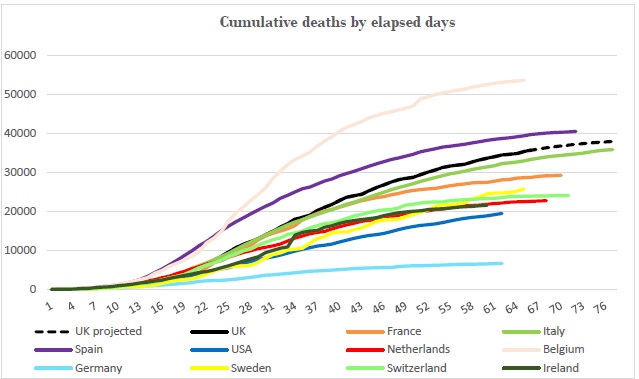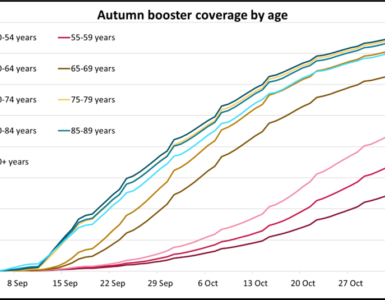Bulletin 31 | Chris Daykin
In order to make meaningful international comparisons of the impact of the pandemic, it is important to allow for the dates at which infections began to take off in different countries and the relative population sizes. This note adjusts for these factors and updates the results from an earlier article. This provides a more appropriate comparison than is often presented.
Comparability with other countries remains a problem because of different approaches to determining the daily deaths reported as being from COVID-19. It is also likely that there is significant under-reporting of deaths in many countries, particularly outside of Europe and North America. There is uncertainty about how many deaths are directly associated with COVID-19 and registered as such.
More information has become available about registered deaths in England & Wales. This suggests that deaths registered as being associated with COVID-19 are only a part of the story of the increased mortality that has been observed in the last few weeks. Comparison of weekly deaths with the average for the same weeks over the last five years gives one measure of the ‘excess deaths’, which may be, directly or indirectly, the result of the pandemic.
Other relevant factors determining the death rate are the age and gender of those affected. Preliminary consideration is given to the age and gender-related impact of deaths and the loading on normal mortality rates resulting from COVID-19 deaths.















